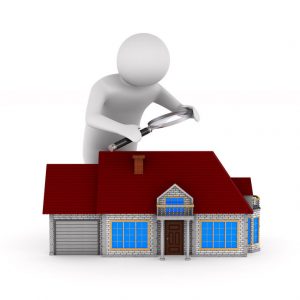Most property owners, even the people who care for their building and put a significant amount of work into their property to maintain it in proper condition, tend to take their roof for granted and expect the topmost defense layer of their building to perform well without any care and attention. To be able to enjoy the protection that your roof offers to your building and your household, you need to maintain it regularly – here is how and what to include into your maintenance sessions.
The Frequency of Roof Inspections
Winter and summer are the two seasons that cause the most stress to your roof, so ideally, your regular roof maintenance sessions should be scheduled for the period right after the harsh seasons, for spring and for fall.
Your roof can also suffer damage during very severe weather events, so it is a good idea to inspect your roof after each harsh storm and after each longer rainy period.

How Your Inspections Should Be Performed
Basically, there are two ways to perform roofing inspection: you can either do it on your own or you can hire a professional Houston roofing contractor to do it for you.
If you choose to perform the roof inspection yourself, you first of all need to make sure that you can perform the task safely. You need to have a sturdy and stable ladder that can be safely attached to the roof edge; you need to wear the right work protection clothes, including non-slip work shoes, a helmet and work gloves and you also need a fall arrest system to anchor yourself. If you have all these, you can climb up to the roof to do the inspection, but watch your step and don’t place your body weight where the roof seems weak.
During the roof inspection, look for faults and issues that are potential leak hazards, such as shingles that have lost their surface granules, shingles that have curling edges, are buckling or have blisters, tiles that are cracked, chipped or missing, dents in metal components that are more severe than mere cosmetic damage. Extend the inspection to roof accessories, such as the vents, flashing stripes around your skylights, your chimneys and in your roof valleys and perform a thorough check of your gutters and your downspouts as well. If you have a flat roof, look for signs of damaged seams or shrinking. Check for discolorations as well – a roof area that has changed color might be infested with algae or moss and might have already become weaker than the rest of the roof. Check for structural damage on the roof as well as in the attic – any sagging, any damaged wooden components need your attention.
What Next
All the issues, even the smallest hole or the thinnest hairline crack, need to be repaired right after they are discovered – small roofing problems have a way to aggravate unexpectedly quickly, almost overnight, so you need quick action and smaller problems are also easier and cheaper to repair than major roofing issues.